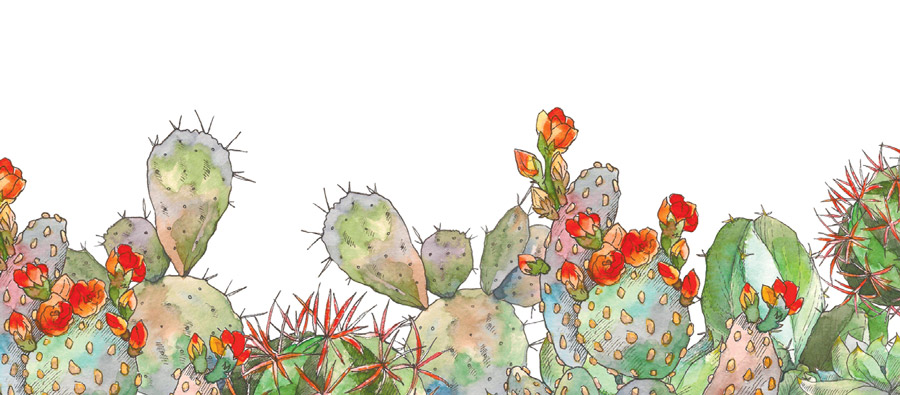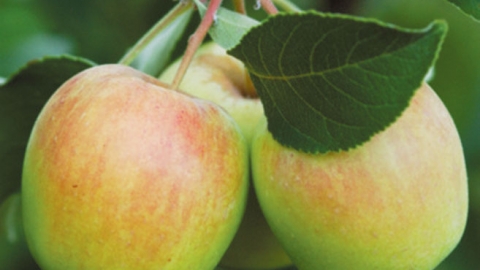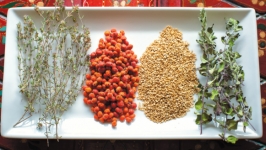Warming Up to the Desert's Bounty
When I first moved to Arizona in the mid-’90s, I felt as if I’d been parachuted into an alien land. I was mystified by the landscape: None of the trees were familiar, the colors were very brown, once-familiar green lawns now looked like oddities and I couldn’t name any of the beautiful desert flora growing in my own yard.
As a child growing up in the Midwest, I’d become very familiar with my botanical surroundings. We learned in school about milkweed and other native plants and I’d often wander through the woods near my house looking for violets and other wildflowers. When visiting my grandparents, I’d push my way through the cattails in the swamp adjoining their property, sometimes chased by nesting red-winged blackbirds, and we often gathered wild asparagus and hickory nuts from the surrounding area.
But the desert was a new experience for me. I no longer had the misconception that it was all barren sand dunes, but what were those cacti and scrubby bushes? I set out to remedy my lack of knowledge by taking classes at Desert Botanical Garden, getting familiar with Native Seeds/SEARCH and going on plant walks at local parks and wilderness areas.
Gradually my surroundings started to feel familiar. I knew that I had become desert- adapted when I paid a visit to family in the Midwest and everything just looked way, way too green.
A bonus from my desert explorations has been the discovery of wild/foraged edibles just outside my door. I tasted tender (but somewhat slimy) young prickly pear pads, caramelly sweet mesquite and edible desert flowers. A friend bought me foraged wild mushrooms from Northern Arizona. I joined in a saguaro fruit harvest in Tucson. My first bite of pit-roasted agave was a revelation.
What had once seemed so foreign to me was now my pantry and my garden—and my home.
In this issue we recognize these wild and foraged foods by including some of them in our In Season feature along with their more cultivated cousins. We thank local wild/foraging chefs Tamara Stanger and Brett Vibber for their inputs on the list.












